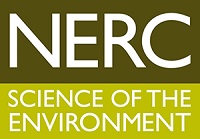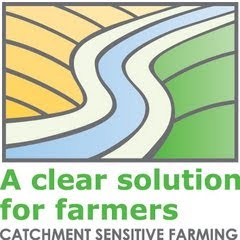ViPER (Visualising Pathogen & Environmental Risk) is a practical tool to enable the visualisation of faecal indicator organism (FIO) source risks in agricultural environments that arise from grazing livestock. It operates as a freely available web-based interface to guide decision-making with respect to diffuse microbial pollution risk assessment. Its purpose is to demonstrate variability in spatial and temporal FIO source risks on agricultural land in order to inform more effective land management to reduce diffuse microbial pollution from livestock farming.
ViPER enables user engagement on three levels: 1) as a demonstration farm environment; 2) as a quick FIO calculator; and 3) as a fully functional spatial & temporal FIO risk mapping tool.
The ViPER model estimates the accumulation of E. coli on land over time. The model accounts for parameters of E. coli die-off, faecal excretion and E. coli shedding rate. The model accounts dynamically for the accumulation and depletion of E. coli on land at daily time-steps.
Values for the daily load of E. coli contributed by different grazing livestock used within the ViPER model are show in the Table below:
| Livestock Type | Daily E. coli burden (CFU) |
|---|---|
| Dairy cow | 1.8 x 1010 |
| Beef cow | 4.2 x 1010 |
| Calf | 2.1 x 1010 |
| Sheep | 5.0 x 109 |
| Lamb | 1.01 x 1010 |
Different livestock types excrete different volumes of faecal material. The levels of E. coli found in faecal material will also vary by livestock type. This results in each animal contributing a daily E. coli load to pasture by defecation. Once on pasture the E. coli are outside of their natural gut environment and begin to die-off. The removal of livestock from pasture will lead to a natural decline of the E. coli load that has been deposited on land because it is no longer being replenished with fresh faeces. The rate of die-off of E. coli varies by season, with slower die-off of E. coli during cooler temperatures.
ViPER has been developed by the University of Stirling and Lancaster University with funding from the Natural Environment Research Council as part of project NE/M007812/1. The development of ViPER was supported by Natural England, the Scottish Environment Protection Agency, United Utilities, the Environment Agency, Scottish Water and the James Hutton Institute.
The information conveyed by ViPER is for guidance purposes only and is not intended to substitute professional advisers. The user is responsible for ensuring the accuracy and completeness of any data entered and used by ViPER, and for any commercial decisions taken based on any of the outputs generated by this tool.


